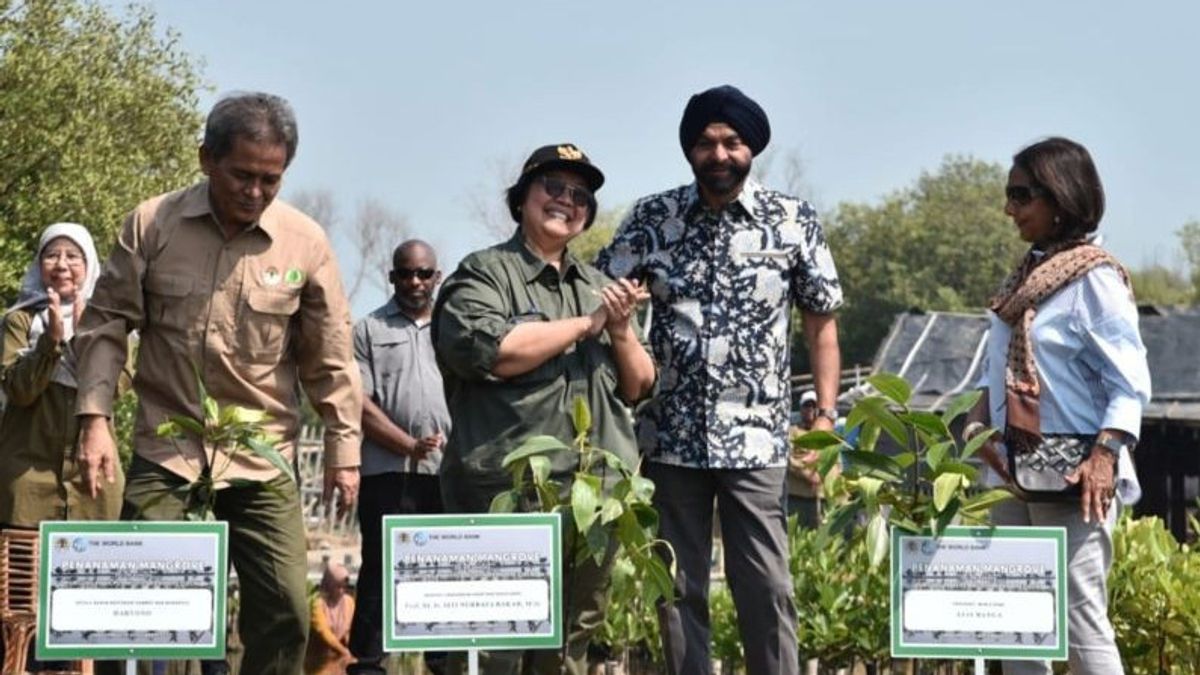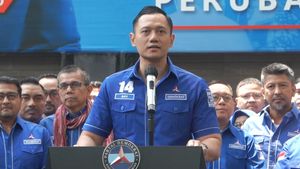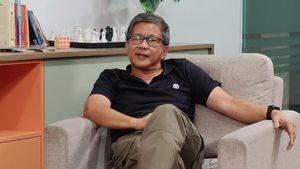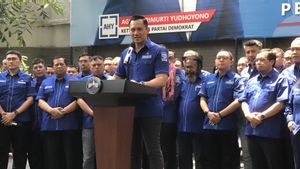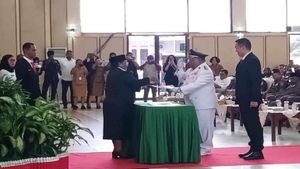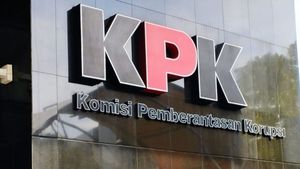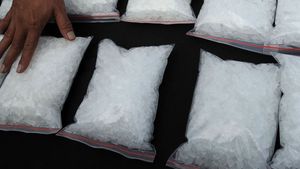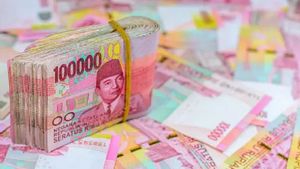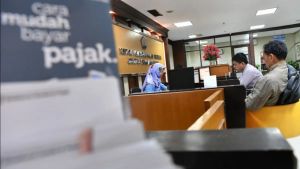JAKARTA - World Bank President Ajay Banga and his wife Ritu Banga visited the rehabilitation of mangroves in Tanjung Pasir Village, Teluk Naga District, Tangerang, Banten.
"We are very happy to be here to see the regeneration of mangroves that are very important to our ecology," he said in a statement quoted by ANTARA, Monday, September 4.
Anjay Banga saw firsthand the mangrove rehabilitation efforts that had been carried out by state-owned company PT Perhutani and the Ministry of Environment and Forestry.
He is happy to be able to come to that location to see the regeneration of mangroves which is very important for improving ecology as well as the welfare of the community.
Mangroves absorb more carbon even than other trees. On the other hand, mangrove ecosystems are also shown to provide livelihoods for people who depend on mangroves for a better life," he said.
He was also amazed at women who were able to process mangroves into various processed products, such as mangrove batik, snacks, andgalos that could help improve their family's economy.
According to him, mangroves are not only to function to prevent soil erosion, but also to play a role in improving the welfare of the people living around them.
"We've just seen here that amazing women use mangrove products to create independent lives," said Anjay.
The location of Tanjung Pasir Village, Teluk Naga District, which was the object of the previous World Bank President's visit, is a coastal area of the former pond that was abandoned which then caused the area to experience abrasion of three meters per year.
Mangrove rehabilitation activities carried out over the past few years have made the area no longer experience abrasion.
Minister of Environment and Forestry Siti Nurbaya Bakar said he was proud of the admiration of the President of the World Bank to see the mangrove rehabilitation efforts being carried out by the Government of Indonesia, one of which was funded by the World Bank.
The Indonesian Mangrove Forest is the largest mangrove forest area in the world, reaching 3.36 million hectares, covering more than 24 percent of the world's total mangrove area.
The Minister of Environment and Forestry revealed that there are 3.14 billion tons of blue carbon stored in mangrove forests which are part of Indonesia's efforts to contribute to the world to reduce greenhouse gases.
The coastal ecosystem of mangrove forests supports human life by reducing the impact of extreme waves and weather, protecting beaches from abrasion, preventing abrasion, preventing marine water intrusion, becoming a source of food, a home of biodiversity, screening pollutants, and supporting livelihoods.
VOIR éGALEMENT:
Indonesia already has a special institution for the implementation of mangrove rehabilitation, namely the Peat and Mangrove Restoration Agency (BRGM) which has been formed by Presidential Regulation.
The institution has a special mandate to accelerate the rehabilitation of 600,000 hectares of mangrove ecosystems.
The mangrove rehabilitation program in Indonesia has succeeded in improving the economy and environmental and social resilience of the community. The total area of mangrove planting through this labor-intensive program is 17,000 hectares spread across 34 provinces in 2020 and 83,000 hectares in 2021.
For this success, the Government of Indonesia together with the World Bank initiated the Mangrove for Coastal Resilience (M4CR) or Mangrove Program for Coastal Resilience which covers all aspects from the context of policy development to rehabilitation at the field level.
The total funding for the M4CR program is through a grant of around US$19 million in the program implementation stage and in the form of a loan of US$400 million which is currently in the disbursement process.
The English, Chinese, Japanese, Arabic, and French versions are automatically generated by the AI. So there may still be inaccuracies in translating, please always see Indonesian as our main language. (system supported by DigitalSiber.id)
